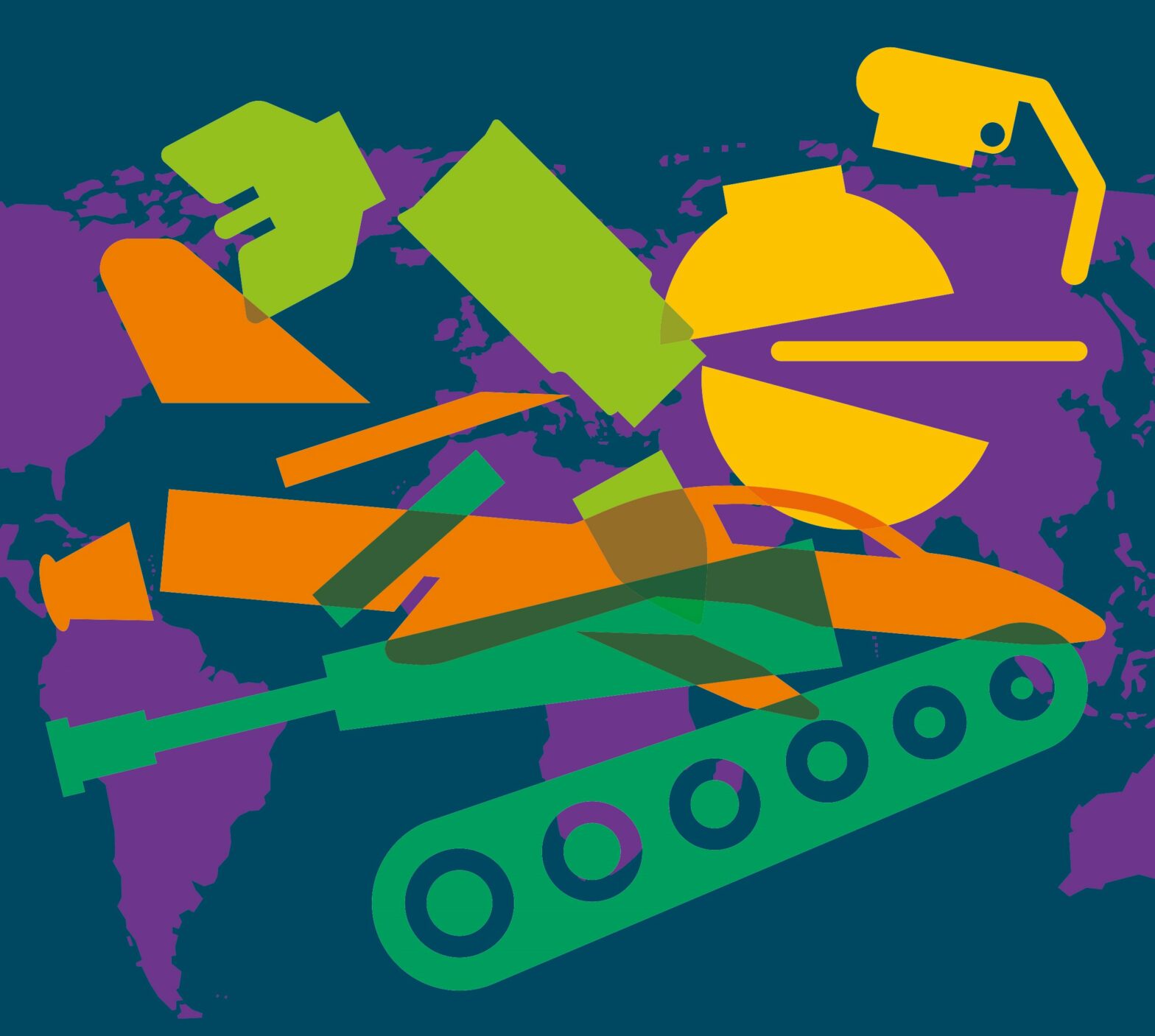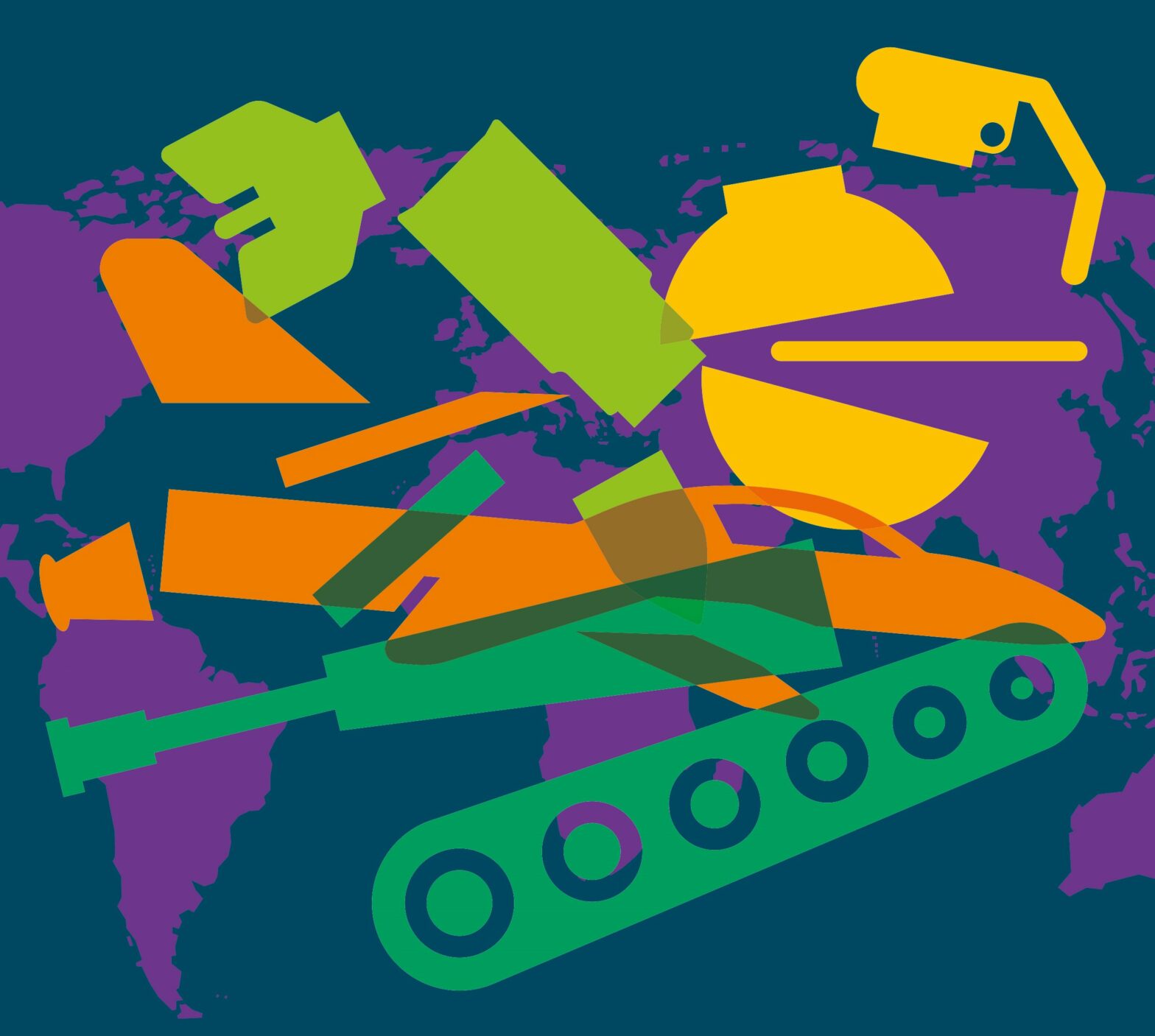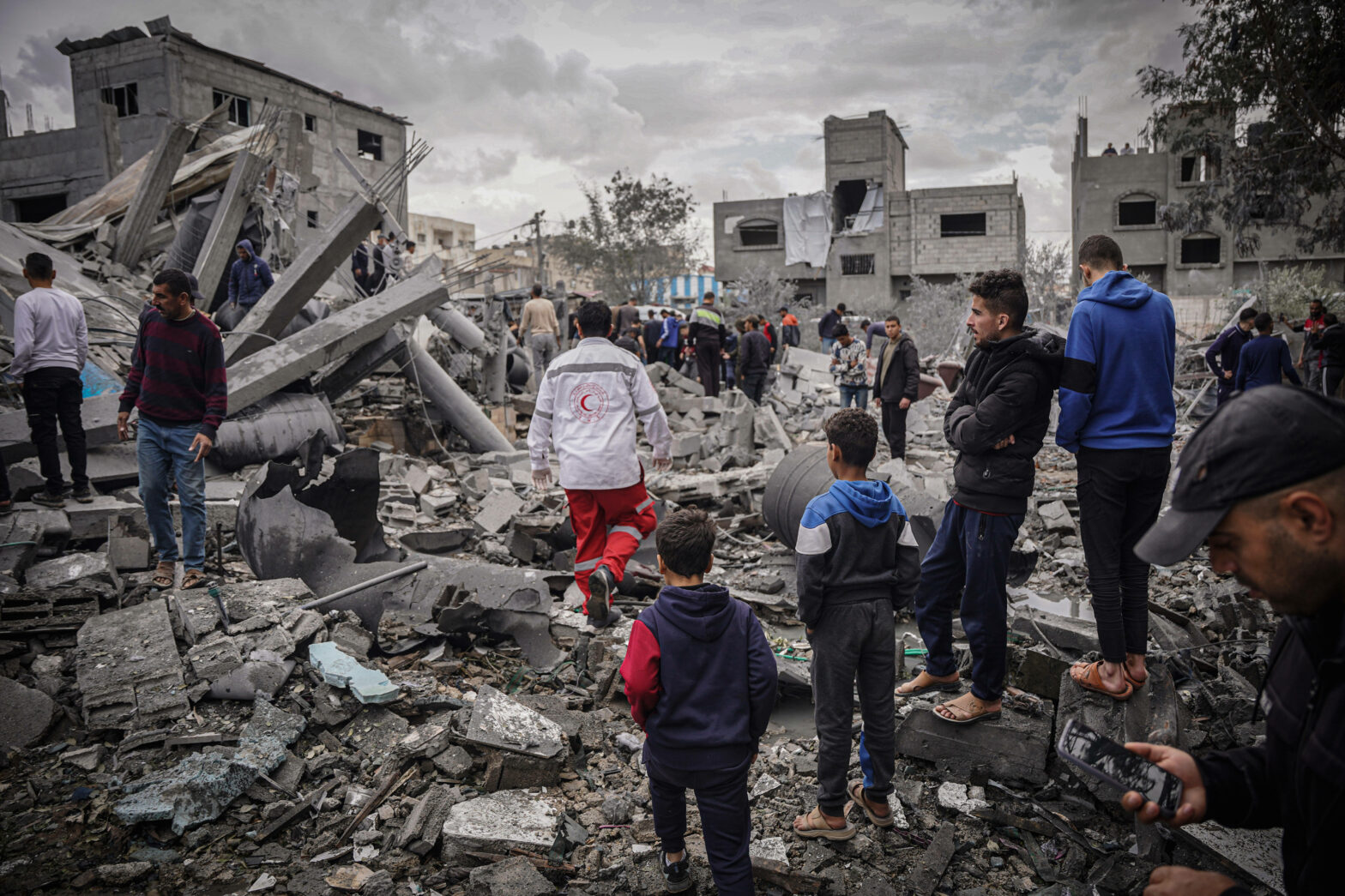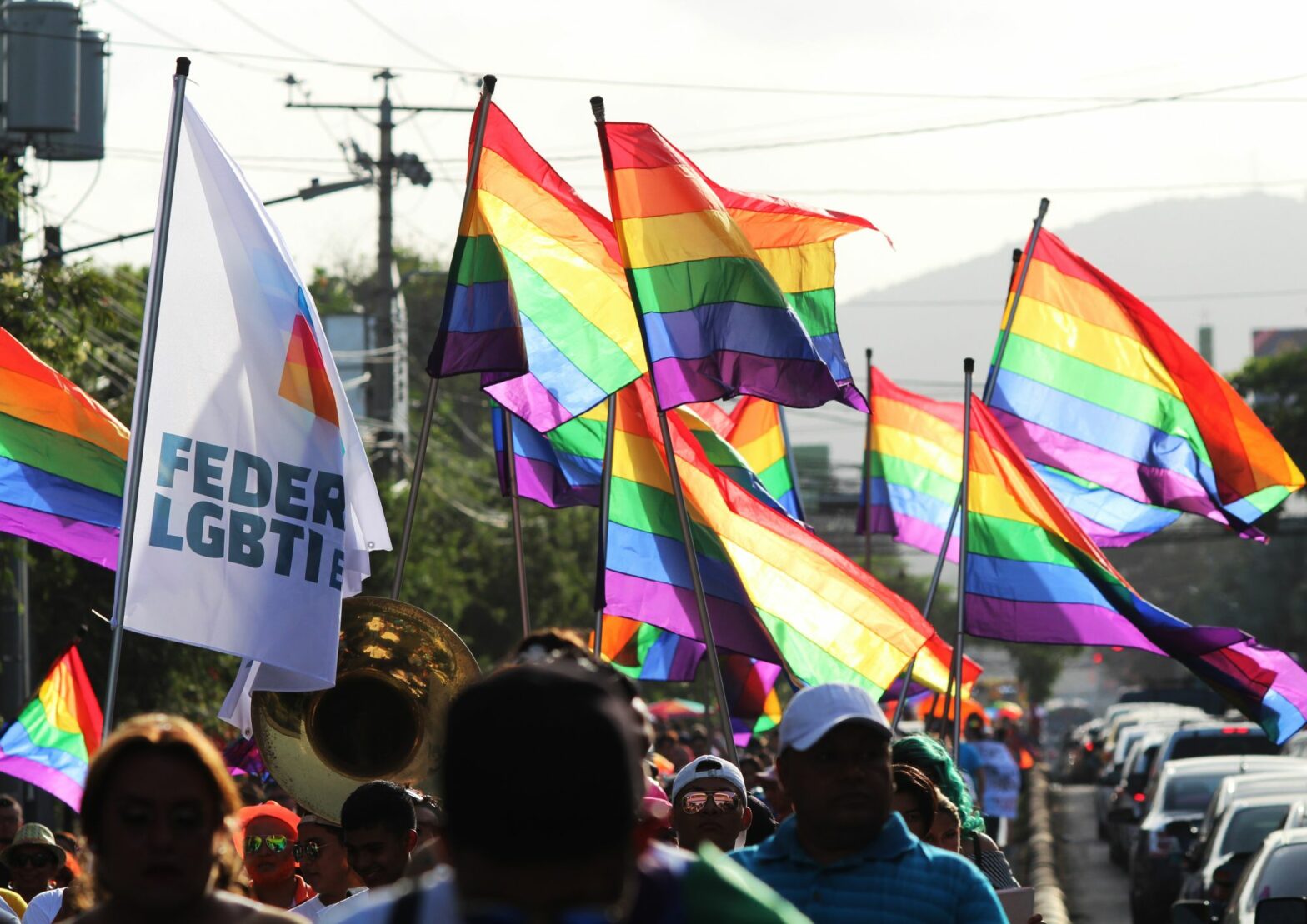Share Twitter Facebook Email Copy URL
With a1.5-degree temperature rise locked in, COP26 must do more to address its impact on the world’s poorest communities
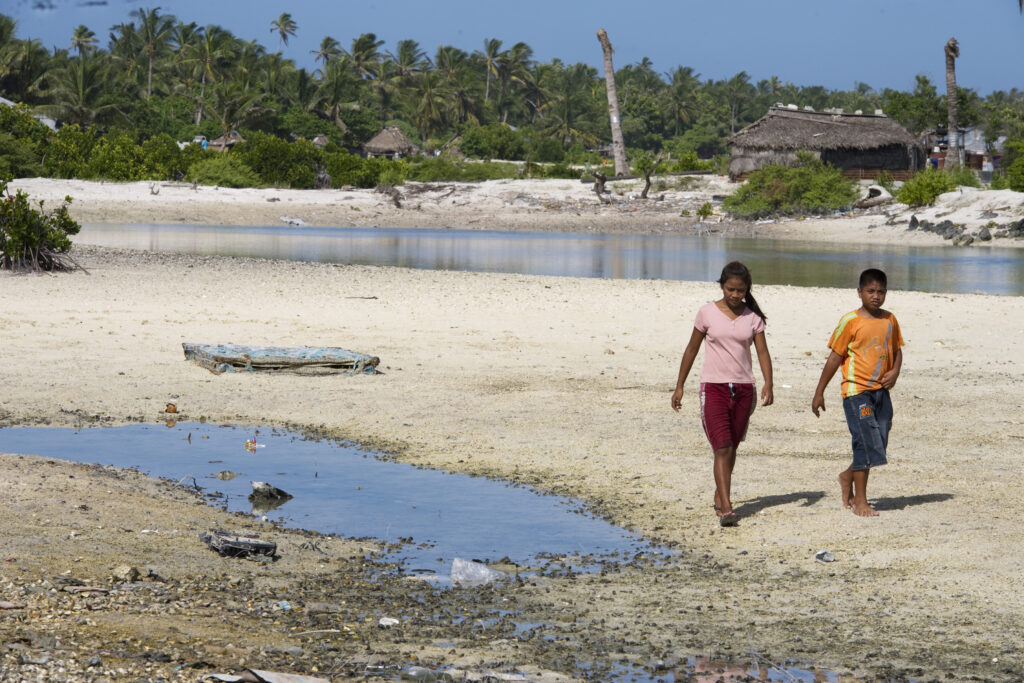
The 6th Intergovernmental Panel on Climate Change (IPCC) assessment report provided the latest scientific evidence on the extent of observed and expected climate change impacts. As a UN body consisting of the most distinguished climate scientists, they state clearly that while the worst impacts can still be averted with radical climate action, there are some which are unavoidable, and some which are already upon us.
At just over 1 degree Celsius of warming, climate change impacts are already bringing untold devastation to lives and livelihoods, especially of poor communities all over the world. With keeping below the 1.5 degree Celsius rise in temperature goal seemingly out of reach, there is an urgent need for measures to avert, minimize, and address the impacts of runaway climate change.
Making a Bad Situation Worse
As defined by the United Nations Framework Convention on Climate Change (UNFCCC), adaptation involves the development of solutions and implementation of actions for reducing the potential damage from climate change impacts both now and in the future. While climate change affects everyone all over the world, poor communities—especially in poor countries—are more vulnerable and have less capacity to adapt to the impacts of a changing climate. Communities in the Global South already saddled with poverty, joblessness, landlessness, and lack of access to social protection systems experience the impacts of climate change in the form of droughts, floods, or heatwaves with much greater severity than those residing in industrialized countries. In this sense, climate change acts as an additional stressor, exacerbating pre-existing injustices and inequalities.
It is important to also keep in mind that those most affected are at the same time those who have contributed least to climate change. At the UNFCCC Conference of the Parties (COPs), adaptation is a sticky issue primarily because of the insufficiency of financial resources needed to back it up. In 2009, during COP15 in Copenhagen, rich countries pledged to provide 100 billion US dollars per year by 2020 to support climate action in developing countries—a commitment which thus far has not been fulfilled.
This figure is vastly inadequate, as trillions are needed to cope with climate impacts and to transition to greener pathways. Rich countries have not only failed to make good on that promise, but they have counted loans and private finance in their climate finance contribution to make it appear that they are nearly meeting their promises. Meaningful and effective adaptation action ultimately boils down to the question over inadequacy of resources in developing countries, and the reluctance of industrialized countries to meet their climate finance obligations.
The recent IPCC report makes clear that adapting to some climate change impacts will not be possible. The severity of climate-induced extreme events will be so significant that no amount of money could avert destruction. For example, agricultural practices dependent on glacier-fed rivers will not survive, the stress and destruction caused from intense flooding events or exposure to heat waves for residents of informal settlements will not be tolerable, and small island communities will be unable to adapt to sea-level rise beyond a certain point.
In some cases, the limits of adaptation have already been reached, as illustrated by the world’s first climate refugees of Kiribati. This is where “loss and damage” comes into play, referring to irreversible destruction caused by climate change experienced by affected communities. COP19 established the Warsaw International Mechanism for Loss and Damage to address the losses and damages associated with impacts of climate change, including extreme events and slow onset events, in developing countries. This was affirmed by Article 8 of the Paris Climate Agreement in 2015. The projected economic cost of loss and damage by 2030 is 290–580 billion US dollars per year in developing countries alone. This is in addition to non-economic costs such as loss of culture, language, or heritage, for which there can be no price tag.
While in theory, the recognition of loss and damage as the third pillar of climate action should enhance the flow of finance to affected countries, in reality there is no reference to the direct responsibility and liability of industrialized countries. There is currently no mechanism for determining the scale of resources needed, or even for allowing specific loss and damage funds to be mobilized at all.
What Are the Outcomes We Demand at COP26?
COP26 is a big political moment that needs to ensure that the serious gaps in ambition and finance are addressed. It must deliver on urgent measures that respond to the existential and current threats posed by climate change, as well as meet the needs of those most affected. While these changes are necessary and overdue, we must also not allow ourselves to be distracted from the essential need for a profound transformation of current systems of injustice. This would constitute the only real solution to the breakdown of Earth’s natural systems.
Despite high-level pronouncements stressing the need for solidarity, there is no mechanism within the UNFCCC to provide financial support to displaced and impacted communities.
At COP 26, governments must agree:
- on a scaled-up finance that matches the needs of vulnerable countries and communities to recover and rebuild their livelihoods;
- on a new, much larger long-term climate finance goal from 2025 and onwards, and a roadmap to achieve it;
- ensure at least 50 percent of climate finance is for adaptation action;
- agree that Loss and Damage becomes a permanent agenda item under the COP, giving it the political prominence it deserves;
- agree that the Santiago Network on Loss and Damage must be operationalized for the creation of a process that enables the adequate mobilization and distribution of loss and damage finance to vulnerable countries.
- agree to a dedicated Loss & Damage facility.
Communities whose lived reality is that of loss and damage from increasing and intensifying climate impacts must be supported to recover, rebuild, or relocate after disasters and slow-onset events such as rising sea levels or droughts.
Tetet Lauron is based in the Philippines and works as an adviser for the Rosa-Luxemburg-Stiftung. David Williams will head the Climate Justice Programme at the Rosa-Luxemburg-Stiftung’s UN office in New York from March 2022 onwards. The article was first published on rosalux.de.
